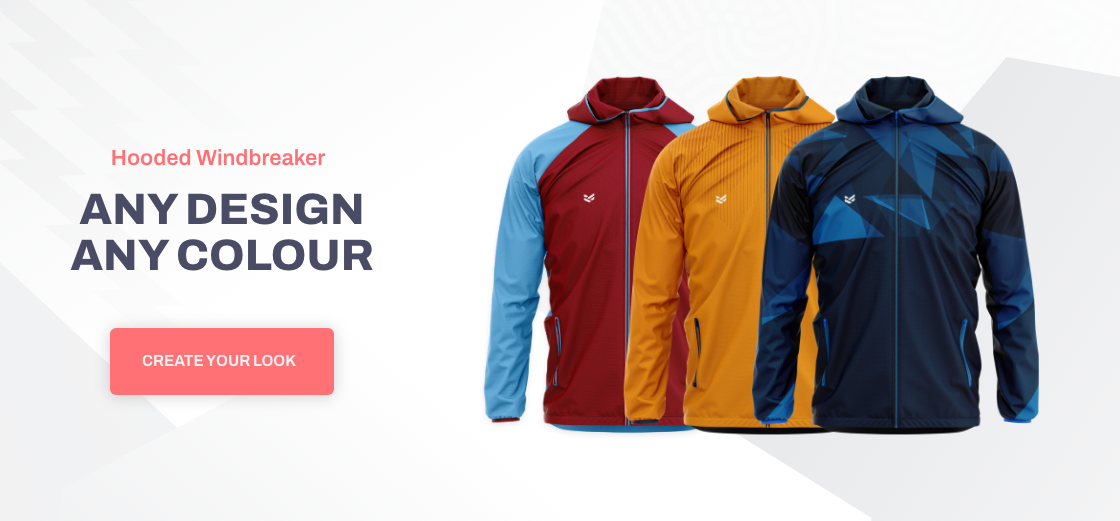What To Wear For Running In Winter To Avoid Arctic Misery

Running in cold weather can be challenging. Not being able to choose what to wear for running in winter can compound the situation and be a one-way ticket to damp squib training sessions that leave you freezing, miserable, and unmotivated.
When runners are zapped of motivation, their routines fall by the wayside, goals are missed, and performance is steadily eroded.
Don't risk ruining your progression by being unprepared for winter and cold-weather running. Learn about all the kit you need to ensure you're fit and ready for running in the glorious weather.
Fortunately, we know a little bit about sports apparel, so stick with us to ensure you're well-prepared.
Understanding the Importance of Layering
Layering is vital when running in winter. It provides insulation and manages moisture, keeping you warm and dry. The base layer wicks sweat away from your skin, preventing you from getting cold when you stop running.
The mid-layer provides insulation. It traps warm air close to your body, keeping you warm.
The outer layer protects you from wind and rain. It's your shield against the elements, ensuring you stay dry and comfortable.
Selecting Your Base Layer: Moisture-Wicking Fabrics
Your base layer should be made of moisture-wicking fabric. This keeps sweat away from your skin. Materials like merino wool and synthetic fabrics are ideal. They pull moisture away from your skin, keeping you dry.
Avoid cotton for your base layer. It retains moisture and can lead to rapid cooling.

Mid-Layer: Balancing Insulation and Breathability
The mid-layer is all about insulation. It should be breathable to allow moisture to escape.
Our custom training tops provide warmth without being too heavy. Remember, the goal is to stay warm, not hot. Overheating can lead to excessive sweating, which can make you cold.

The Outer Layer: Protection Against Wind and Rain
Your outer layer should shield you from the elements. It needs to be windproof and waterproof, especially for running in the rain. Materials like Gore-Tex are ideal. They offer protection while still being breathable.
Remember, adjust your layers based on the weather. On less harsh days, a windbreaker will suffice.
Essential Accessories for Winter Running
Don't forget about your extremities. Gloves, hats, and thermal socks are crucial for keeping warm.
Footwear should have good traction for slippery surfaces. Consider gaiters to prevent snow from entering your shoes.
Footwear for Traction and Stability
When it comes to winter running, your shoes matter. They should provide good traction to handle slippery surfaces. Consider using gaiters. They can prevent snow from entering your shoes, keeping your feet dry and warm.
Visibility and Safety Considerations
Winter days are shorter. This means you might find yourself running in low-light conditions.
Reflective clothing or gear is crucial. It ensures you're visible to others, enhancing your safety during your winter runs.
Maintaining Your Winter Running Gear
Proper care extends the life of your winter running gear. Always follow the manufacturer's washing and drying instructions. Store your gear correctly when not in use. This helps maintain its quality and ensures it's ready for your next winter run.



